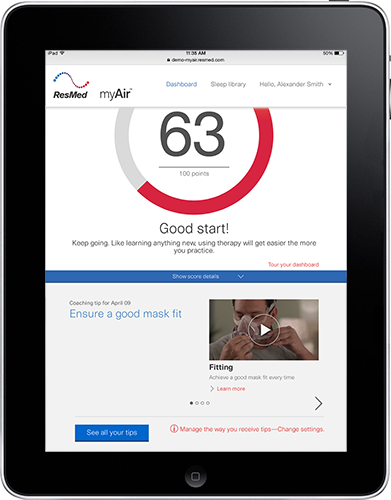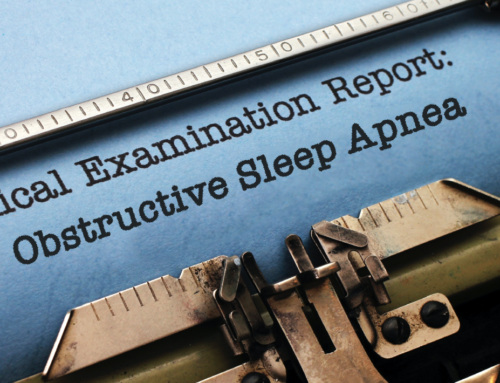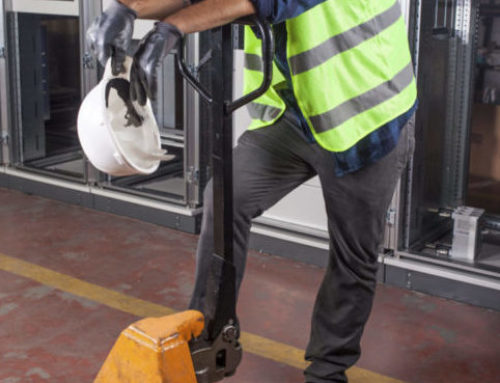
When it comes to the ABCs of PAP Adherence, the Cs have it…
Whether you want to call it adherence or compliance, the important point to remember is the therapy is only good if you use it!
COMFORT—
Make sure the supplier of your mask and PAP take time to fit your face and nose with the proper mask for your face. Also, if humidification is possible use it. The warm, moist air can feel better than dry wind in your airway. Stay in touch with your provider if you need further help. Also, many tips and educational videos on masks, etc. are available online.
If your health plan is paying for the device or a portion after your deductible, they now require (as does CMS Medicare) some reporting of minimal usage. 4 hours or more, for 70% of the time, is the standard compliance suggestion for one to have assistance with paying for the device. Some employers in high-risk occupations such as pilots, heavy construction, train operators and commercial truck drivers may be required to show their therapy adherence/compliance.
COGNITIVE BEHAVIOR THERAPY
If you are claustrophobic and or having a hard time getting used to the mask, start out with a positive attitude and introduce your mask into your regular routine and surroundings. Any time you feel tired, want to relax or read before bed, just put the CPAP mask on without it hooked up to the air. This will help you get more comfortable wearing it. If you typically watch TV before bed, then take your machine and mask near your chair to wear while watching TV. This will help it feel more normal than obtrusive to your routine. If you can slowly work up to wearing the mask at night: 2 hours, then 3 then 4 and so on. Some folks can put it on and fall asleep others have more of an adjustment period. Remember the rewards and benefits of therapy. AWAKE group meetings are a great resource for chatting with others about their success.
CONSISTENCY
Continue to wear the mask a little more each night until you’re sleeping with it from the time you lie down till the time you get out of bed in the morning. Even if this isn’t your first attempt at using your CPAP device, these tips will help you successfully adjust. Finding the right combination of habits and tricks could mean the difference between successful CPAP use and abandoning your therapy all together.
CHOICES
Make good choice about your health. Sleep hygiene habits are important: regular bedtimes and cool, dark conditions may help ensure better sleeping. Choose to be involved and engaged in your CPAP compliance, your provider can typically tell you about mask leaks, apnea events as well as your therapeutic usage. And lastly, understand how it is helping your overall health.
Check back next week for COMPLIANCE REPORTING FOR WORK, where I discuss FMCSA’s qualifications, litigation and the role compliance plays on it after accidents.
Mary Convey
Vice President, Corporate Health & Safety Solutions
Mary brings over 15 years of sleep and respiratory experience from the manufacturing side. She has extensive knowledge in sleep diagnostics and therapy from her experience in sales with both Embla (now Natus) and Puritan Bennett. With Embla, Mary served as Distributor Manager, working primarily with Home Sleep Testing companies in the US and Australia. Mary has developed national relationships with Sleep Labs and DME partners who now share in the SleepSafe Drivers model.






